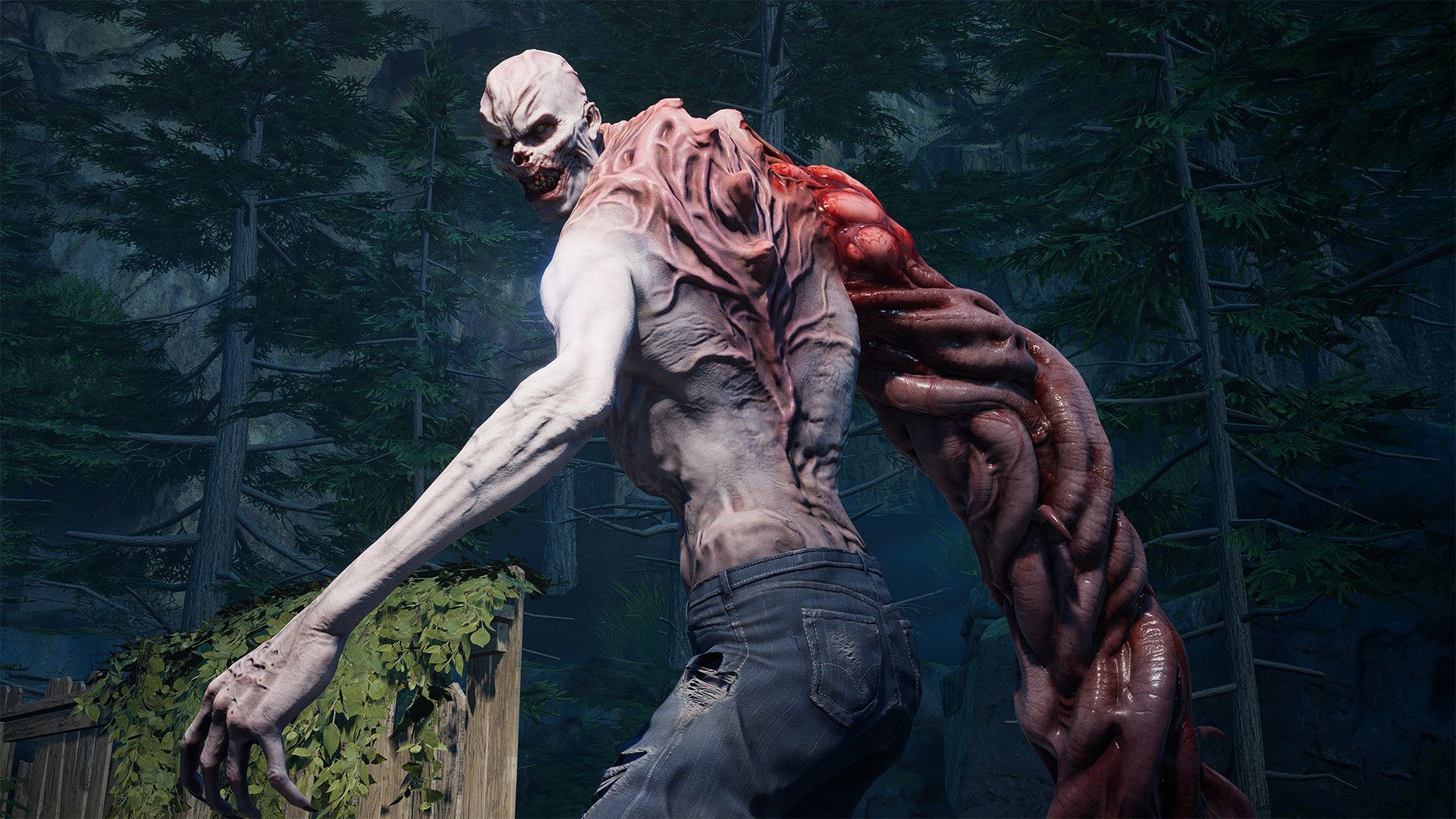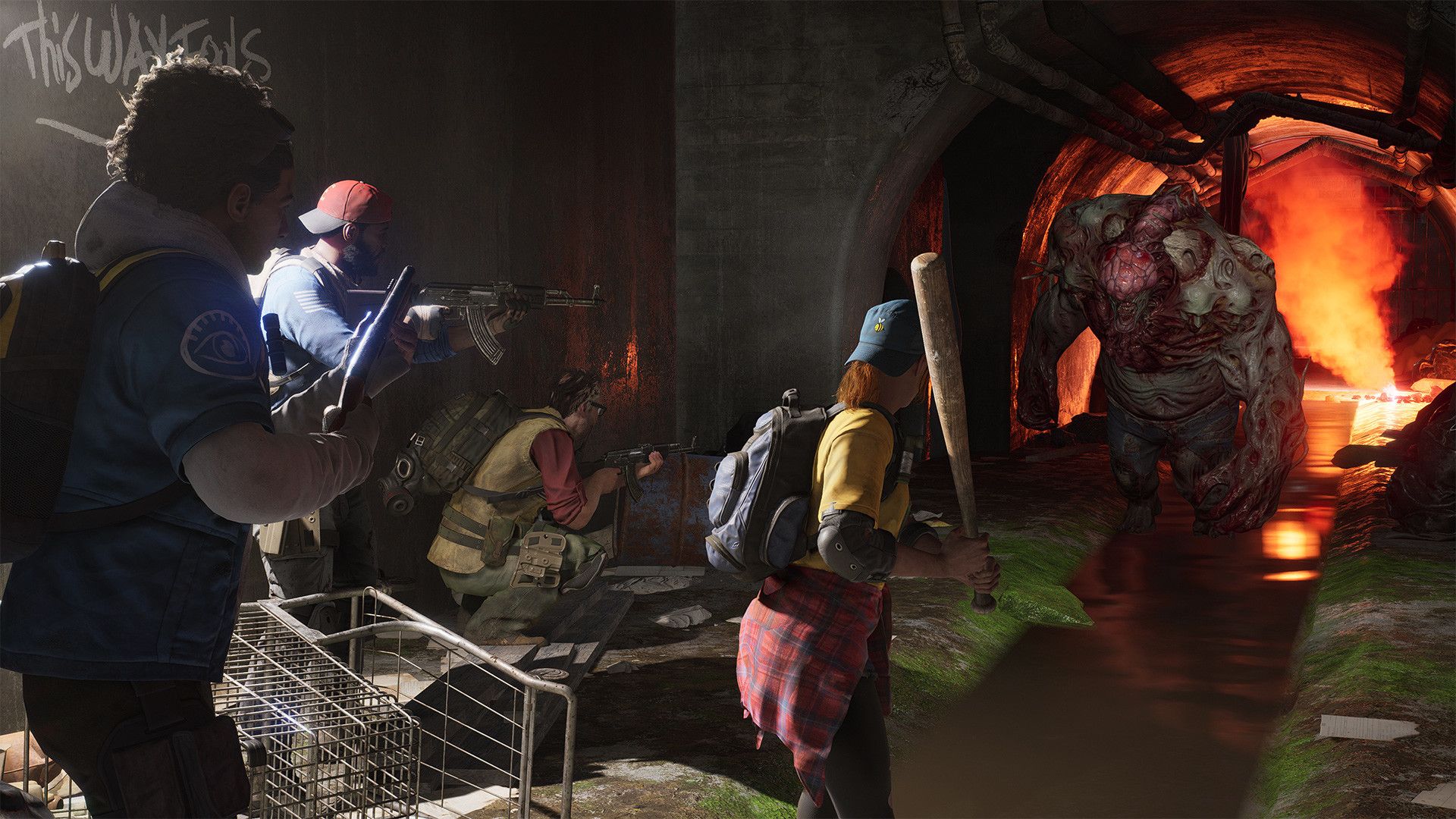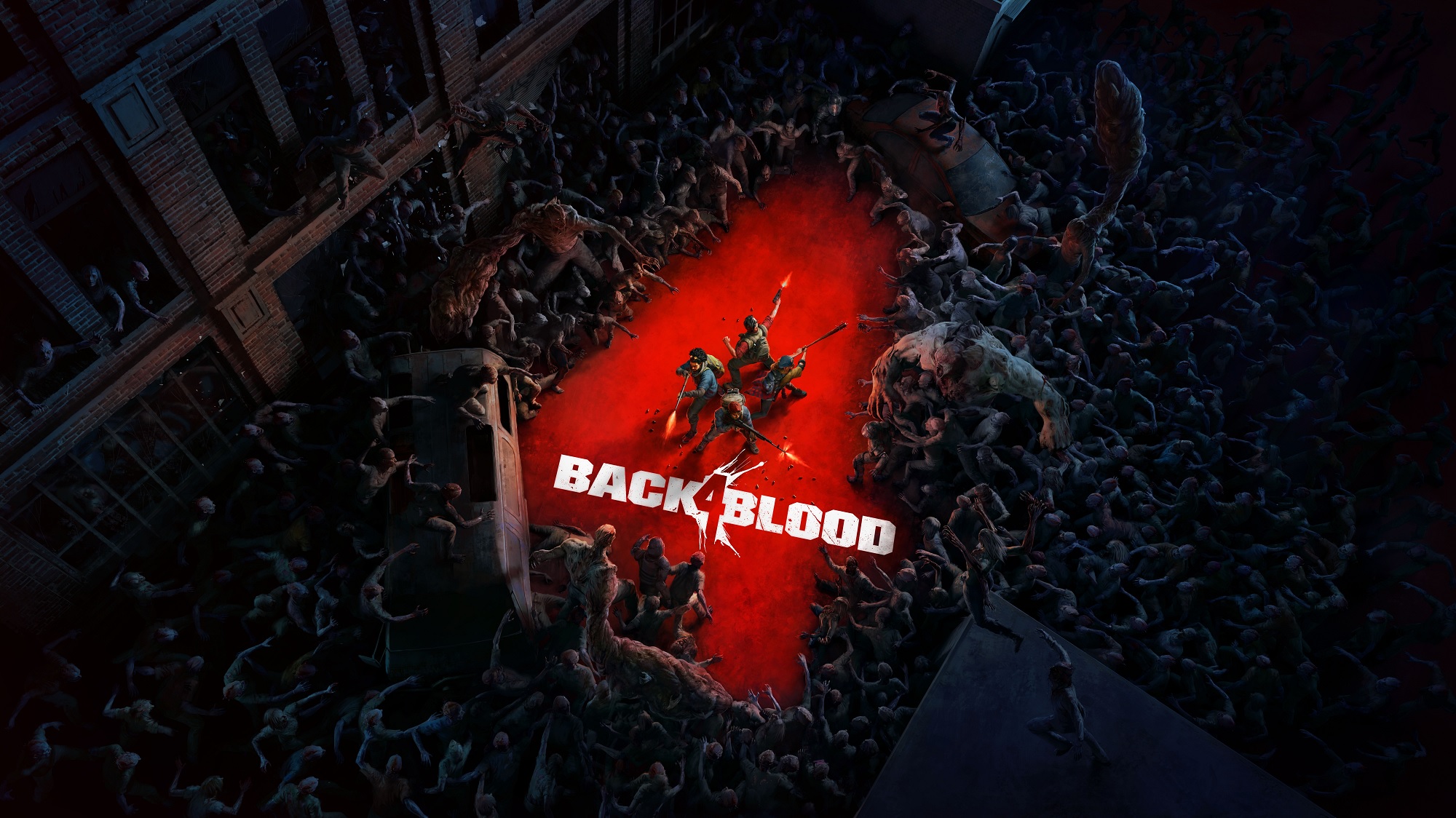Back 4 Blood
Developer: Turtle Rock Studios
Publisher: Warner Brothers
Platform:PlayStation 4, PlayStation 5, Xbox One, Xbox Series X, Windows (Reviewed)
Release Date: 12 October 2021
Price: $59.99 USD/$99.95 AUD – Available Here (Steam)/Available Here (Xbox Series X)
Video Review
Overview
Turtle Rock Studios spawned a whole new genre when they released their groundbreaking title Left 4 Dead in 2008. The game combined four player co-op action with the ever-popular zombie swarms controlled by a director who generated semi-randomized levels for each playthrough. Left 4 Dead served as an inspiration for many four player co-op titles released in the coming years. Thirteen years after the release of Left 4 Dead, Turtle Rock is following in the footsteps of those developers by creating Back 4 Blood. The game combines the classic four player co-op gameplay with elements of RPGs and rogue-lites.
Story
Back 4 Blood follows the inhabitants of Fort Hope as they struggle against a zombie outbreak. Their numbers are dwindling, and strange zombie mutations are appearing, making them deadlier than ever. Known as the Cleaners, our heroes are a band of immune zombie exterminators sent out to save patrols, cull the zombie population, and deal with the most challenging missions.
Each mission serves as a small part of a story arc. The arcs are grouped up into four acts with a some cut scenes to tie everything together. The in-mission storytelling is decent. It provides a bit of world building and something more than just vague window dressing to move the action forward. The idle chatter between teammates is where the real world building occurs. It creates a pretty rich lore for the average four player co-op shooter. I wish there were more cut scenes though. Back 4 Blood has an excellent world and a good story to build on. There are a lot missed opportunities for the cut scenes to take the story even further.
Gameplay
Back 4 Blood pitches players against waves of zombie hordes littered generously with special zombies that will grab, smash, and burn their way through players. To even the playing field, players are equipped with a deck of cards offering a variety of buffs and modifiers that serves as their talent tree. Levels are generally linear maps with randomly generated spawn, weapon, and item locations.
Combat leans towards an arcade style shooter, though it becomes more realistic as the difficulty increases along with the level of friendly fire. The special enemy spawns are nearly non-stop with only a few moments to breathe. Each special enemy has three variants with its own mechanics which keeps players on their toes. It makes for an enjoyable, frantic gameplay that has the right mix of tension, chaos, and overkill.

The bots are an absolute train wreck and are often a hindrance than help. They are slow to respond to enemy crowd control. The bots have a nasty habit of standing in front of players to soak friendly fire which makes them a boat anchor at higher difficulties. There is one small bright spot: if a player dies, they can take over the bot until they respawn. It saves dead players from having to stare at a useless bot.
The weapon system is solid. There are plenty of firearms littered around the maps. Each one has a random set of attachments that provide stat boosts. New attachments can be added, but old ones can only be dropped when a new one is slotted into its place. The attachment system is an understandable point of contention. Everyone seems to love it or hate it. Personally, I’m in the love it camp. It forces players into making hard decisions about which guns they want to take based on their preferred models, rarity, and attachments. Being able to move attachments without penalty would strip those hard choices away and make it too easy for players to find their favourite weapon platform and hold into it until a new rarity pops up. It would also make replacing broken attachments on new guns too easy. These broken attachments often serve as a shortcut to a higher gun rarity during the transition period between rarities.

The RPG system is excellent. The decks serve as the talent builds for each act. Players unlock their first card automatically and can choose one card from a pool of the next five cards in the deck with each new mission. The system strikes a good balance between reliable card draws and flexibility to adjust draw order in response to the situation.
Players start with a small number of cards and quickly gain more cards by spending supply points into randomly generated supply lines. Each line has a random assortment of cards and cosmetics. There are a lot of cards. Mechanic cards are usually what people will build their decks around, then fill everything out with stat cards. Talent tree builders will have a blast with the system as it offers players a chance to create some interesting builds with limited resources.
There are eight Cleaners on release. They each have their own personal traits and team bonuses. It’s enough to encourage players to assemble teams based on characters and decks. Out of all the things that need balancing, this is probably it. Certain Cleaners like Hoffman and Mom are almost guaranteed to be in a group due to their excellent abilities, while others like Evangelo and Karlee struggle in comparison.

The level design has its ups and downs. The levels are very linear with only the odd door or two to explore near the beaten path. There are tons of areas for special zombies to spawn and ambush the players, so it helps build the intense feel of combat. The missions are almost exclusively attack based, though there are enough defence segments to break things up.
There are a lot of levels, but there’s a good chunk that reuses the same assets by sending players into previously locked parts of the map. Each run has randomly generated spawns, loot, and doors, but the potential locations could use a healthy boost to keep things fresh.
The rogue-lite mechanic is a blast. Each act is a self-contained rogue-lite run where weapons and cards carry over. Players have a limited number of retries depending on the difficulty level, otherwise they fail the act and must restart. It is possible to restart an act at the last completed mission where the game is provide some generic weapons of the appropriate rarity and the same number of card draws as if players completed the previous missions; however, losing the bonus cards previously purchased from the vendor and fully kitted out weapons leaves players at a disadvantage.

The difficulty curve could be smoothed out. Back 4 Blood is definitely a game that needs to be played at recruit difficulty to start so players can learn the maps and get some supply points to build a specialized deck that will take players through veteran and beyond. The jump between recruit and veteran difficulties is a rough jump, especially if players need to drag bots around. An extra difficulty level between recruit and veteran would probably help smooth the difficulty curve significantly.
Back 4 Blood offers a horde style multiplayer mode where players rotate between playing the survivors and the special infected in a best of three match. The mode is fun in short bursts, but it is clearly not the focus of Back 4 Blood as the mode becomes repetitive after a while. The issue is compounded by the fact it’s an utterly agonizing experience to play this game in a public match. When players inevitably rage quit, the game does not repopulate the match with bots, which somehow still manages to be better than being curb stomped in a four versus one battle.

The quality-of-life features are decent, though some small issues need to be ironed out still. There are an excellent set of control options with a few features not seen in other games. The ability to have guns return to centre after a short delay is an excellent accommodation for those who may not be experienced or good FPS players. Skilled players will still be superior compared to the function as they can get back to centre quicker. On the other hand, comparing attachments is a slow and awkward system. The direct comparison only shows overall stat bonuses of the gun instead of showing more detailed information. The only way to do so is to open up the inventory and check the original stats.
Visuals
The visuals are decent. The character design is very good. The Cleaners have unique styles that often speak to their backstories and abilities. The zombie design is excellent. The art team has made the standard design their own with the ever so creepy parasitic worms that range from small ones that drip from the eyes to the giant ones that flail after a Crusher’s arm is destroyed. The game focuses a little too heavily on dark, moody environments. It causes the environments to blend together at times. It’s a shame because the day time environments are excellent and are surprisingly creepy with their cycle between bright outdoor areas and dark interiors.

Audio
The audio quality is good. The sound effects are excellent and are an important part of the gameplay mechanics. The voice acting is very strong with all actors offering a good show. The extensive closed captioning options are commendable and provide hearing players the ability to quickly learn the sounds of special zombies creeping about. The music is probably the weakest part of the audio experience. It’s not great, but it’s not horrible either. It’s sort of like beige curtains that does its job without being offensive.
Overall
Back 4 Blood is far from perfect. The game could have done with a little extra variation in the maps. Frankly, I think it wouldn’t have been a great loss to forget about the multiplayer mode all together if it meant more resources could have been spent on expanding the co-op portion of the game. The bots are dumb as rocks and need significant improvement just to get them in a passable state.
On the other hand, Back 4 Blood deftly mixes the four player co-op shooter formula with RPG and rogue-lite elements. It’s one of those co-op games that shine with good friends who can coordinate. The game is an incredibly addictive experience with its mix of deck building and frantic gameplay. I haven’t poured this many hours into a game in a very long time. While it’s not the spiritual successor to Left 4 Dead people may have expected from the developers of the original game, it’s a very good game on its own right.
Capsule Computers review guidelines can be found here.


